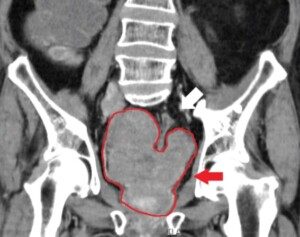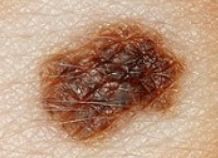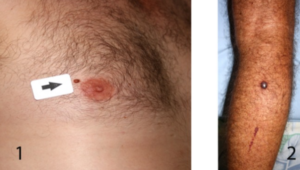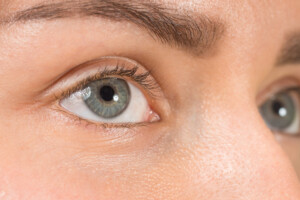Stimming and “special interests” are more so hallmarks of ASD than are poor social skills, says a study.
My autistic self knew this all along!
A neurotypical with social anxiety, trauma history, a personality disorder or sociopathy could easily be socially awkward, aloof or otherwise have difficulty navigating interactions with people.
But habitual stimming and having hyperfixations (aka special interests or obsessions) can only be explained by Autism Spectrum Disorder.
Well, actually, habitual stimming can also be explained by ADHD, but if we’re referring to strictly odd, strange, really offbeat or stereotypical stimming behaviors – autism seems to be the only cause!
The Research Is In: Stimming and Special Interests Are More Telling of Autism than Social Impairment

©Lorra Garrick
Researchers have used a large language model (LLM) to analyze the behaviors and observations most relevant to diagnosing autism, aiming to reduce the subjectivity in the clinical decision making process.
Their study, published in the journal Cell, found that behaviors such as repetitive actions (stimming or self-stimulatory behavior), special interests and perception-based behaviors were most strongly associated with an autism diagnosis.
This contrasts with the DSM-5 guidelines (as of 2025), which emphasize social and communication deficits.
Danilo Bzdok, senior author of the study and a researcher at the Mila Québec Artificial Intelligence Institute and McGill University, says in the paper that the goal was not to replace clinicians with AI tools for diagnosis.
Instead, the team wanted to quantify the behaviors that clinicians typically consider when assessing for autism.
The researchers wanted to see if diagnostic tools could be more aligned with the real-world practices of healthcare professionals.
By doing so, they hoped to assist psychologists and neuropsychologists in using more precise instruments during the diagnostic process.
Very Interesting Method
To achieve this, the researchers employed a transformer-based language model, which had been pre-trained on a vast database of 489 million sentences.
The team then fine-tuned the model to predict autism diagnoses based on over 4,000 reports written by clinicians evaluating clients suspected of having autism.
These reports detailed observed behaviors and patient histories but did not include the final diagnosis.
The researchers designed a custom LLM tool to identify the specific sentences in these reports that were most relevant to accurately predicting a diagnosis.
They then compared these relevant sentences with the criteria outlined in the DSM-5.
Bzdok noted that one of the challenges of the study was ensuring that the sentences selected by the LLM were clearly interpretable by humans.
They needed to identify which sentences, as described by psychologists, were most important for making a correct diagnosis.
Despite this challenge, the model performed surprisingly well at distinguishing the most crucial diagnostic criteria.
The Study Results
The study’s results revealed that the LLM focused primarily on repetitive behaviors, special interests and perception-based behaviors.
These behaviors were closely linked to ASD, yet they are not emphasized as much as are social deficits in current diagnostic standards.
The DSM-5 places a heavier focus on social and communication struggles, which the LLM did not prioritize as much in its analysis.
What does all of this mean?
While the study is promising, the authors acknowledge that there are limitations.
For instance, the research did not take into account geographical diversity, and demographic factors were not analyzed in-depth, making the findings less generalizable across different populations.
Nevertheless, the team believes that their work could be beneficial to both researchers and psychologists/neuropsychologists who specialize in evaluating for autism or other neurodevelopmental disorders.
Autistic Special Interest vs. Neurotypical Hobby: the Difference?










































